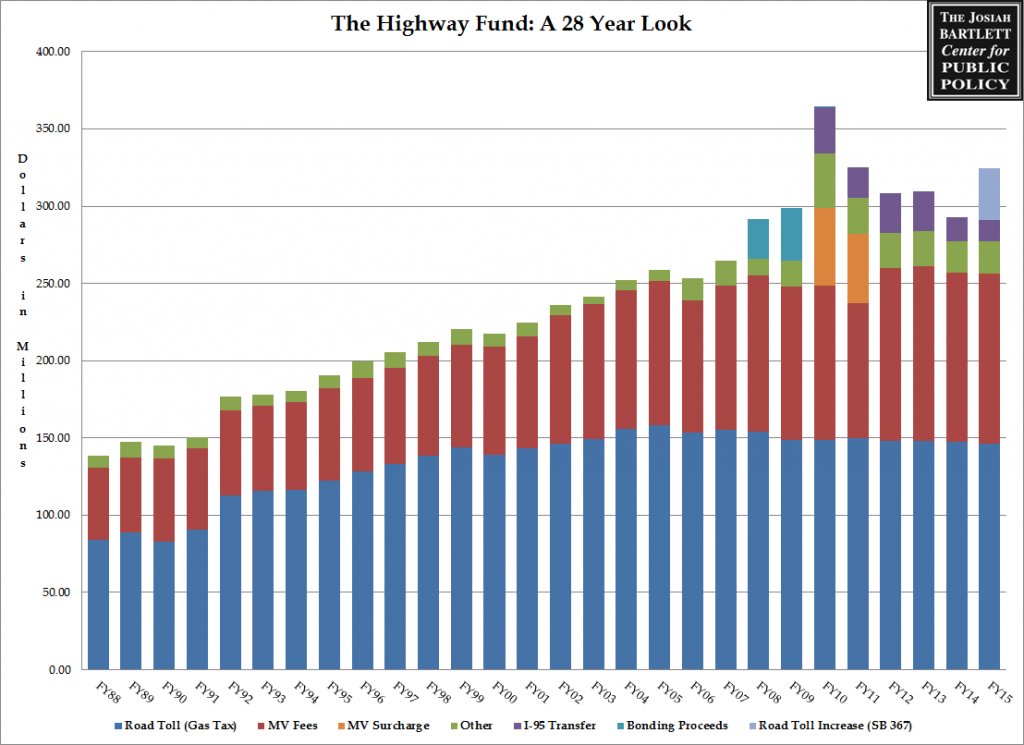Charlie Arlinghaus
February 11, 2014
As originally published in the New Hampshire Union Leader
The vast majority of businesses in New Hampshire are non-employers. Interestingly, just 10 percent of firms account for 95 percent of the jobs. As states across the country and the region look to increase competitiveness by lowering business profits taxes, these numbers become very important. But the most important reason to lower taxes is to be competitive in attracting new jobs to New Hampshire.
Naysayers have tried to argue that the business profits tax affects few people or few businesses, but those claims are based on a poor understanding of businesses in New Hampshire.
The Bureau of Labor Statistics and the Census collect data regularly on businesses in the 50 states. In 2012, there were 132,800 businesses in New Hampshire. The lion’s share of them (more than 100,000) are “non-employers.” A non-employer might be a sole proprietorship or a nominal business created to account for a small sideline of self-employment income. That sector does account for a small fraction of overall employment, but only about 2 percent of the total employed population.
Of the 30,500 firms with employees, most jobs come from a small number of companies. The 4,900 firms (3.7 percent of the total) that have at least 20 employees account for 80 percent of the jobs. If we expand that universe to every employer with at least five employees, it includes 13,500 employers (about 10 percent of the total number of firms) and 95 percent of the jobs.
Not coincidentally, those employers representing 95 percent of the jobs approximate the number of firms that pay the business profits tax. Last year 15,865 firms paid the business profits tax. That’s a 10-year high. The lowest number of the last decade was 11,375 in fiscal year 2011.
It is reasonable to presume a significant overlap between the 13,500 firms that have 95 percent of the jobs and the 15,000 taxpaying firms. In that respect, we can conclude that the business profits tax affects nearly all the jobs in the state.
From an economic development standpoint, we are interested in businesses that employ people. We know that the business profits tax will have an impact on virtually every business that employs people.
Lowering the business profits tax becomes essential because all of our competitors are looking to attract those same jobs to their state. Businesses across the country and the region know that a lower corporate tax is a visible and tangible signal to companies to come and do business. While the rate is important, the act of becoming competitive sends a strong message about the state’s mindset.
Last year, New York state embarked on major reductions that reduce complexity and loopholes as well lower the rate to its lowest level since 1968 (6.5 percent). Those changes could ultimately affect the state’s standing in the corporate index rankings of the Tax Foundation, moving New York from 25th to 4th. New Hampshire is 48th in that category.
Massachusetts lowered its top corporate tax rate three times (in 2010, 2011 and 2012), reducing it from 9.5 percent to 8 percent. “Taxachusetts” now has lower business taxes than we do and is eating our lunch in the contest for jobs.
Not to be left out, Maine is looking to make a change. Long the economic doormat of the region, Maine’s governor wants to eliminate the highest corporate rate of nearly 9 percent and lower the top rate to 6.75 percent.
Surrounded by tax cutters in Massachusetts, Maine, New York and Rhode Island, New Hampshire could emerge as an island of high rates surrounded by a sea of states putting out welcome signs for business. How’s that for a historic reversal?
Some policymakers will avoid lowering taxes for everyone and instead focus on a deduction here or waiving taxes for new businesses for a short term. That would be a terrible mistake. Tax reform involves creating an incentive for everyone, not some legislators picking and choosing winners and losers to pretend they did something at minimal cost.
New Hampshire has a history of keeping its laws as simple as possible, not creating a tax code with exceptions and exemptions.
Lowering the business profits tax helps in several ways. It covers virtually all the businesses in the state that employ Granite Staters, and it offers equal treatment for new companies we hope to attract and old companies we hope to keep.
It also is the most visible and effective signal that this state (or any other) can send to the economic development world. That’s why every state is getting ahead of us. Let’s not fall behind.

